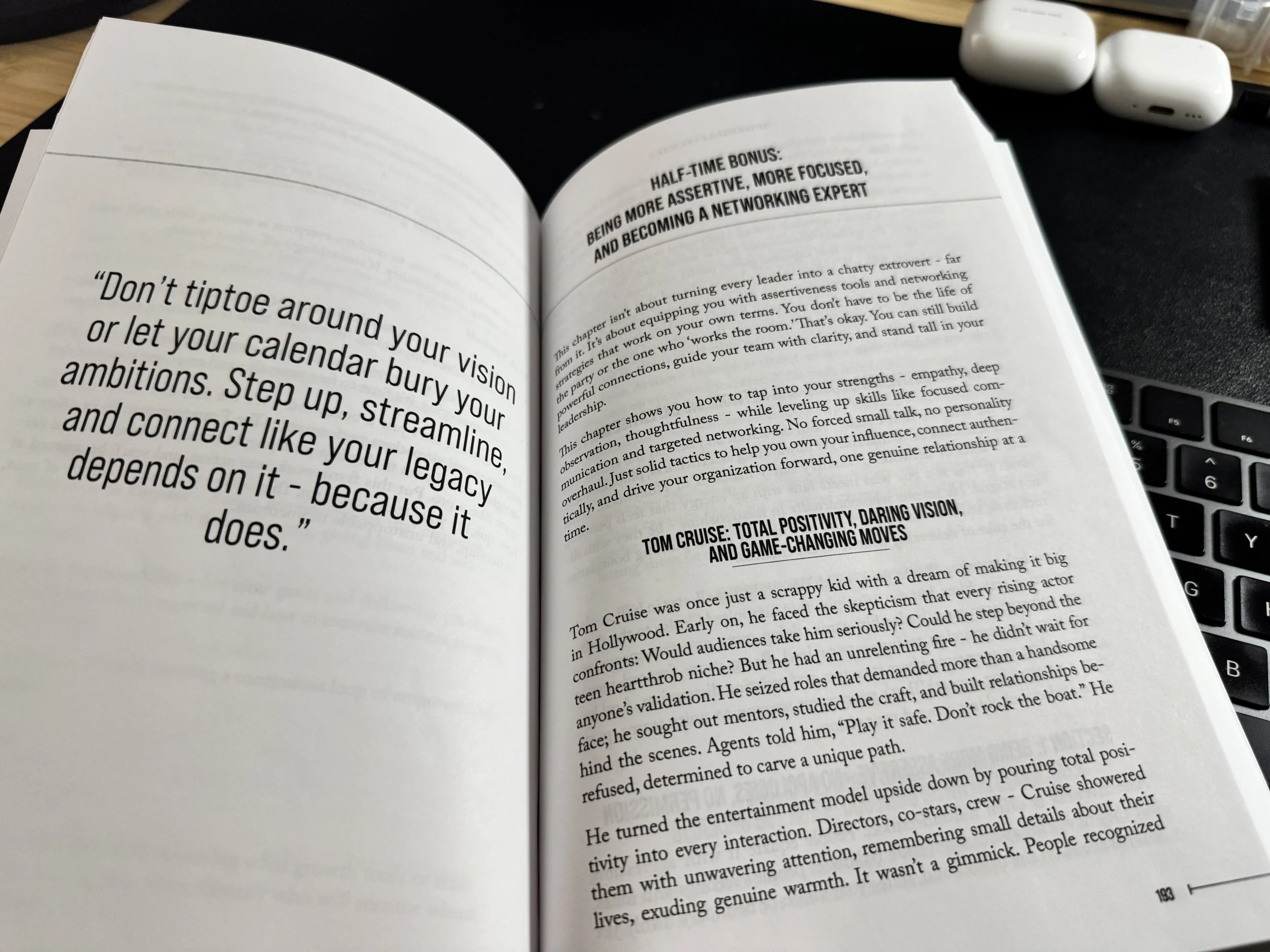Smash business walls: pilot, translate, build trust. The "NO" is your growth test.
Layoffs Are Coming, Are You Valuable Enough to Stay?
Look, I’m not gonna sugarcoat this. The economy’s weird right now. Companies are tightening belts, and if you’re sitting there sweating about a layoff notice, you’re already behind. Stop scrolling Instagram, stop doom-scrolling Twitter, and listen up. This isn't about luck; it's about leverage. If you're nervous, that means you're self-aware enough to know you might not be indispensable. Time to fix that. Now.
This is your playbook. Execute.
1. Be So Loud They Can’t Ignore You.
You think crushing that spreadsheet at 2 AM is enough? Get real. Nobody sees it. You need to be visible. I’m not talking about grandstanding; I'm talking about strategically planting flags. Show up, speak up, and contribute. When decisions are being made, your face and your work need to be in the room. If your boss has to think for more than two seconds about what you actually do, you’ve failed.
2. Increase Your Comms Volume By 10X.
This is where people drop the ball. They finish a project and whisper it. NO. You need to be the town crier for your own success. Every deadline you hit, every goal you smash, every dollar you save or earn - document it and communicate it. Not obnoxiously, but clearly. Send a weekly or bi-weekly "Wins and Focus" email. Give your boss the ammunition they need to fight for you. Make your accomplishments undeniable.
3. Stop Taking Up Oxygen. Focus On ROI.
The biggest killer in corporate America is people who are just… there. They hit their minimum requirements, they attend meetings, they drink coffee. In a layoff situation, those people are oxygen thieves. You need to be a return on investment. Every single task you take on, every minute you spend, should have a measurable output. If you can’t connect your work to the company's bottom line: revenue, efficiency, or cost reduction - you're expendable. Start asking: "What’s the financial impact of this?"
4. Ask For The Hard Stuff. Be The Go-To Guy/Gal.
Your job description? That’s for schmucks. You want security? Go to your boss and ask, "What’s the most complex, annoying, soul-crushing thing on your plate that you trust only me to handle?" Show them you’re ready to step into their world. When you take on your boss’s toughest challenge and nail it, you become an insurance policy for them. They will fight for their insurance policy.
5. Become An Authority. Fill The Gaps.
Your company has skill gaps, knowledge deficits, and internal confusion. Find one. Own it. Run Lunch & Learns on that new software, that industry trend, or a process improvement. You don’t need permission. Just do it. When you become the internal expert, the person everyone turns to for a specific, high-value answer, you shift from being an employee to being a resource. Resources are protected.
6. Build Your External Brand. Your Safety Net.
Don't wait until you're fired to update your LinkedIn. Start networking now. Start sharing intelligent industry takes on social media. Why? Because if the worst happens, you need a warm bench ready to go. And frankly, people who have an external brand are often perceived as more valuable internally. It creates a fear of loss: "If we lose them, they're going to our competitor."
Stop wishing. Start performing. Layoffs don't fire the busy people; they fire the replaceable people.
Be invaluable, or be gone. Your move.
The True Cost of Leading Without Listening.
Unlock Your Leadership Potential.
Most Leaders Don’t Need To Be Louder.
Empowering and Engaging Your Team: The No-Excuses Playbook for Leaders
My Gift To YOU.
Become a Catalyst: How Small Businesses Leapfrog Bigger Competitors With Bold Innovation.
Speak So People Move.
Leaders Don’t Lose To Competitors.
Real Change Prefers A Drumbeat Over A Drum Solo.
Most organizations don’t have a talent problem. They have a system problem. They gather smart people, run obsolete training, nod in agreement, swear we’ll delegate better and manage our time. A week later, the fire drills return. Calendars fill with preventable emergencies. When managers sit in the same meeting as the people they evaluate, candor drops. No one wants to look unprepared in front of the boss.
The Hidden Cost of Holding Onto Average Performers
What's Your 4-Minute Mile?
Making Missteps: Why Moving Fast Beats Waiting for Perfect.
Learn how making missteps can drive faster growth. Using Amazon’s decision velocity approach, discover why moving quickly on reversible decisions beats waiting for perfect. Includes three action steps to boost decision speed, adapt fast, and turn mistakes into momentum for leaders, business owners, and job seekers.
Professional or Amateur? Pick Your Lane.
Mind The Leadership Gap.
Executive Presence Is a Signal, Not a Suit
Your Comfort Zone Is Quietly Ruining Your Career.
7 Steps to Create an Awesome Company Culture.
Culture is not a slogan or a perks list. It’s the daily heartbeat of how your people think, act, decide, and treat each other. If that heartbeat is strong, your company sprints. If it’s weak, you’re dragging a body across the finish line. Let’s build a culture that gives everyone oxygen and a mission worth bleeding for.




















